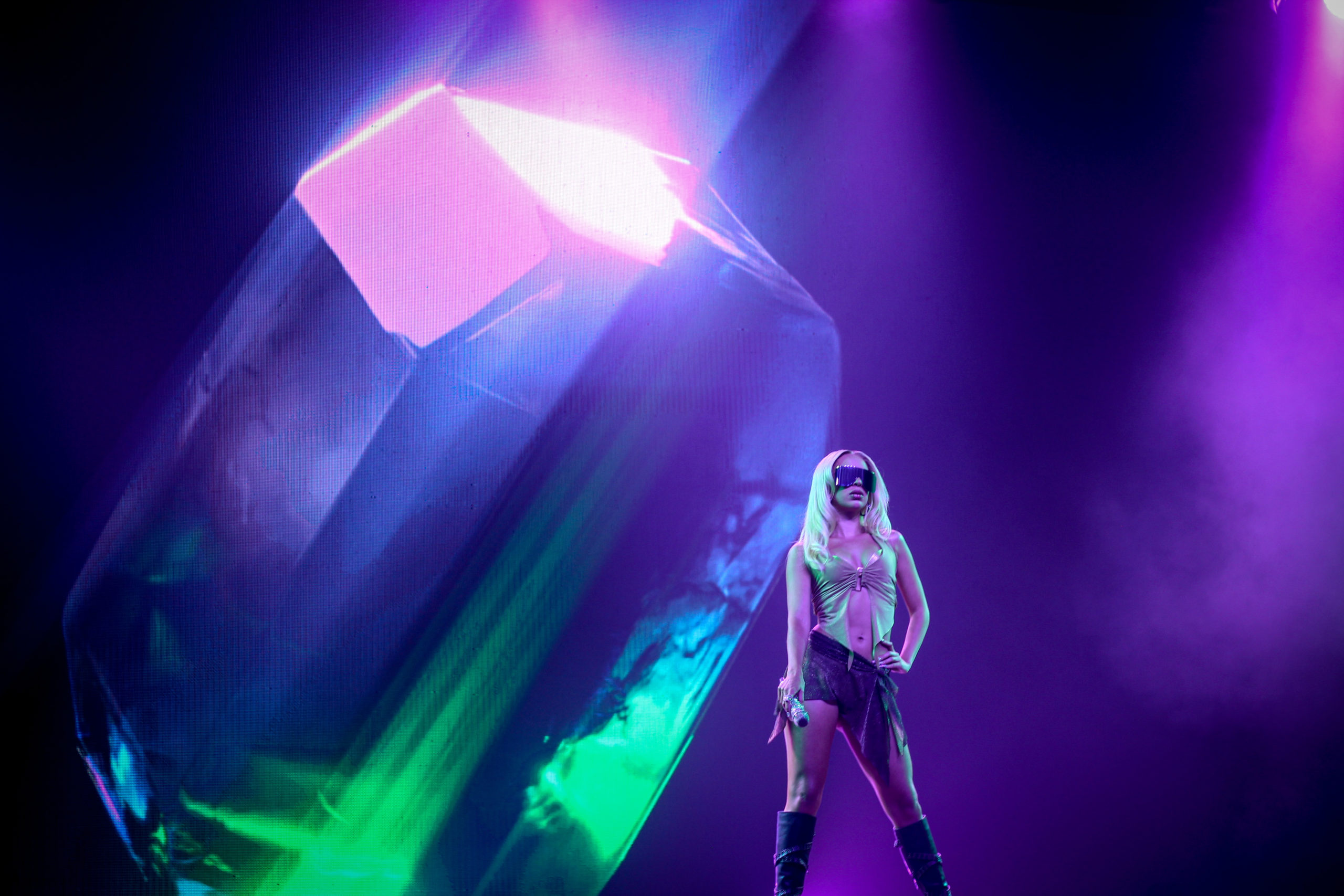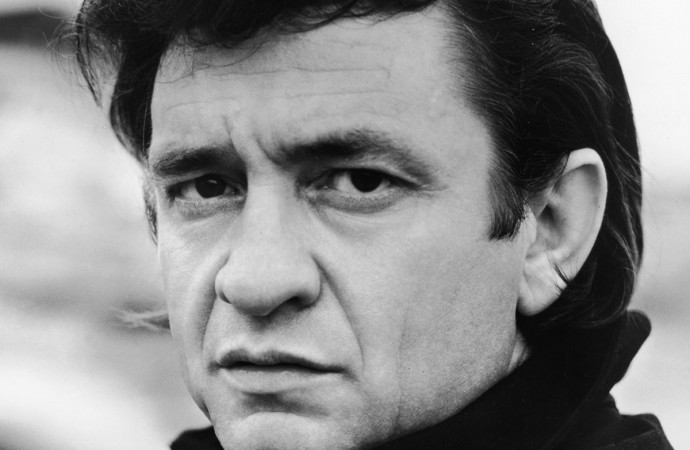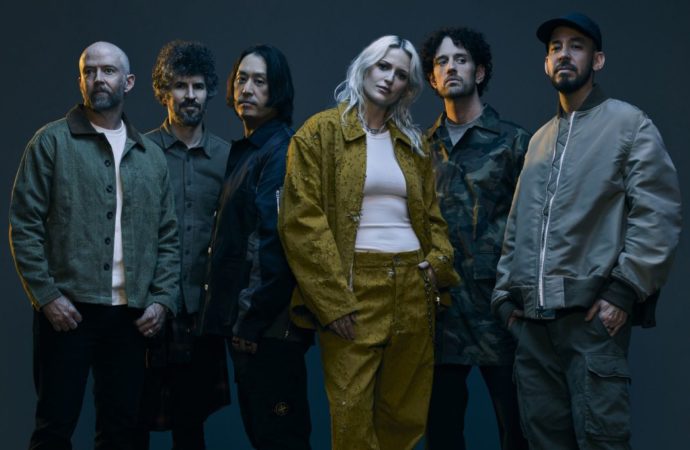The long-awaited post-covid edition of the Sziget Festival finally returned after the impasse generated by the pandemic, resulting in significant changes to what is for many the biggest music event of the year.

Dua Lipa at the Sziget Festival 2022. Photo © El Hype.
This year we had headliners such as Dua Lipa, Tame Impala and Justin Bieber. But the most eagerly awaited was to be reunited with the diversity of musical genres, performances and activities on the island. On the first night, the British singer of Kosovar Albanian origin performed in her signature choreographic style. The virtual presence of Elton John in the collaboration of his song “Cold Heart” shared the same vibes as at the Gorillaz concert this summer in Berlin in “The Pink Phantom” (Gorillaz has also had a stint on the island, the last time being at the 2018 edition).
Although it has to be said that the award for the most spectacular light show went to Tame Impala. The audiovisual introduction contextualised the concert, being part of a clinical trial for a new psychedelic drug. Thus, through the combination of psychedelia in the background, a gigantic ring of light that ascended, descended, rotated and tilted, we were able to immerse ourselves in the sensory experience.

Tame Impala’s stage at the Sziget Festival, Budapest. Photo © Sziget Festival.
The Australian band focused on their latest album The Slow Rush and surprised us with an extended version of one of their best-known hits, “Let It Happen“. Tame Impala is not far behind and joins the list of artists collaborating on the upcoming Gorillaz album Cracker Island with Bootie Brown on the track “New Gold“.

Tame Impala at the Sziget Festival 2022. Photo © El Hype.
Stromae had the opportunity to present his third album, Multitude, at this year’s Sziget, nine years after “Papaoutai“.
In a mixture of rhythms, Stromae presents different world instruments in each of his new songs, such as the Chinese violin or erhu in “La solassitude“, the Persian flute or ney in “Pas vraiment“, the Andean charango in “Mauvaise journée” or the Cuban tres together with Camila Cabello in “Mon amour“.

Stromae at the Sziget Festival 2022. Photo © El Hype.
Apart from these artists, during the six days of the festival, the Main Stage was occupied by internationally renowned artists such as the Australians Rüfüs Du Sol and more local artists such as the Dutch Ronnie Flex & The Fam.
But Sziget is much more than its main stage. The Colosseum, as always, was characterised by electronic and techno beats, being the only stage where artists could be heard until the early hours of the morning. This year Nina Kraviz, Ben Klock and Joris Voorn visited the island.

Sziget Festival’s elrow party. Photo © Sziget Festival.
Meanwhile, the classic EDM closed stage, the Ticketswap, hosted the highly anticipated Apashe, who dazzled everyone with a light and confetti show set to his music videos, as well as the American Steve Aoki. As in previous editions, the Catalan company elrow organised its theme night, this year it was the extravagant psychedelia of Ibiza in El Bosque Encantado.
We also witnessed the first trip to Hungary of Spanish singer Bad Gyal, who managed to gather a considerable entourage, mostly made up of her youngest fans, who radiated euphoric madness.

Bad Gyal at the Sziget Festival, Budapest. Photo © El Hype.
All in all, this year’s line-up did not disappoint, although it is worth mentioning that cutbacks were made in the other activities and aspects of the organisation, such as decoration, gastronomy, shows and circus. This, added to an arid year on the island and overcrowding of visitors never seen in previous editions, made this year’s festival an experience with mixed emotions. However, we hope that all these details will be modified for the 2023 edition and its 30th anniversary.
Despite being a festival whose spirit has changed a lot over the years, Sziget remains Europe’s most comprehensive music and performing arts festival and one of our favourites, a must-attend event.









No one has posted any comments yet. Be the first person!